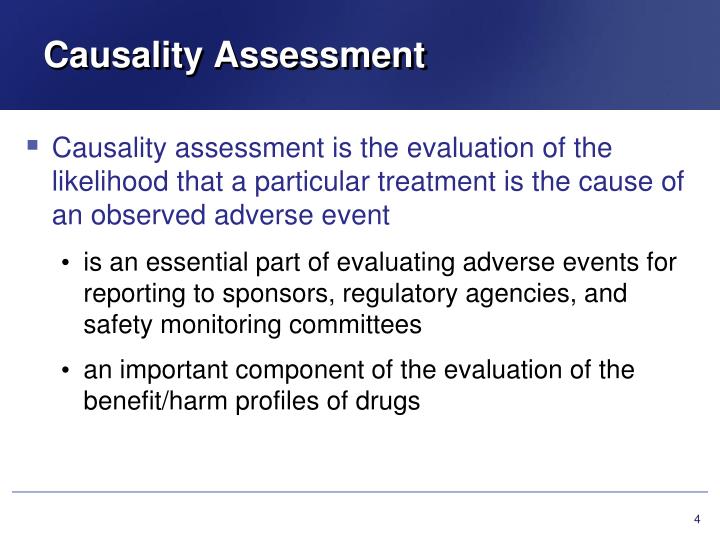

Antigen- presenting cells, as their name suggests, present the antigen to T cells (see “Effector Functions of T Cells” below) and release inflammatory mediators (e.g., cytokines and chemokines) that contribute to the recruitment, activation, and proliferation of B and T cells. Upon antigen encounter, macrophages and dendritic cells engulf the antigen, a process that also activates these innate immune cells to become antigen-presenting cells. These cells play roles at each of the stages mentioned above and are usually the first cells of the immune system to be exposed to antigen. While this discussion is not specific to a particular antigen, it can be used as a reference point for the latency between antigen exposure and the initiation of some of the immune-mediated mechanisms described below.Ĭontributing to the activation of B and T cells and the initiation of the adaptive immune response are cells classically associated with the innate immune system (e.g., macrophages and dendritic cells). As mentioned for the primary immune response, these time periods will vary depending on the route of exposure, the timing of the subsequent exposure, the antigen itself, and the antigen dose. The lag phase is generally 1 to 3 days the logarithmic phase of the secondary antibody response occurs over the next 3 to 5 days. Due to the development of memory B and T cells during the primary immune response, the latency between subsequent exposure to the antigen and development of the immune response will usually be shorter. For many antigens the latency (lag phase) between primary exposure and development of the primary antibody response is 7 to 10 days. The plateau phase is characterized by the maintenance of peak antibody levels for a length of time that is followed by a decline in the serum antibody levels. For B cells, the logarithmic phase is characterized by an increase in serum antibody levels that classically is logarithmic. The lag phase between primary exposure to an antigen and the logarithmic phase is classically thought to be 4 to 7 days, but it varies depending on route of exposure and the antigen itself. The lag phase is characterized by the initial activation of B and T cells upon encounter with the antigen for which they are specific, and this triggers the cells’ differentiation into effector and memory cells. Typical immune response to an antigen exposure, the latency between the first (primary) exposure and development of the primary response is characterized by a lag phase, logarithmic phase, and plateau phase. After antigen exposure, two types of lymphocytes, B cells and T cells, differentiate into effector (e.g., antibody-producing B cells and cytotoxic and helper T cells) and memory cells. Lastly, the advantages and disadvantages of applying evidence of a mechanism derived from an animal model to a human condition are discussed.Īntigen exposure initiates an array of reactions involving the immune system, including the activation of white blood cells called lymphocytes that fight infection. The committee also discussed alterations in brain development that included a discussion of autism. In addition, the committee discussed the mechanisms that could lead to the development of adverse events in susceptible individuals, as well as the role vaccination could have in revealing an underlying immunodeficiency. The committee also discussed the coagulation cascade and its contribution to disease. The mechanisms include immune-mediated reactions, viral activity, and injection-related reactions.

The pathophysiologies and, at times, the evidence needed to identify a mechanism as operative were discussed. Based on the array of adverse events and types of vaccines being reviewed, the committee compiled a list of mechanisms it deemed most likely to contribute to the development of adverse events after vaccination. Charged with reporting on biological mechanisms, the committee reviewed evidence presented in case reports/clinical write-ups, laboratory tests, and animal models.


 0 kommentar(er)
0 kommentar(er)
